HEK293 EBNA Cells
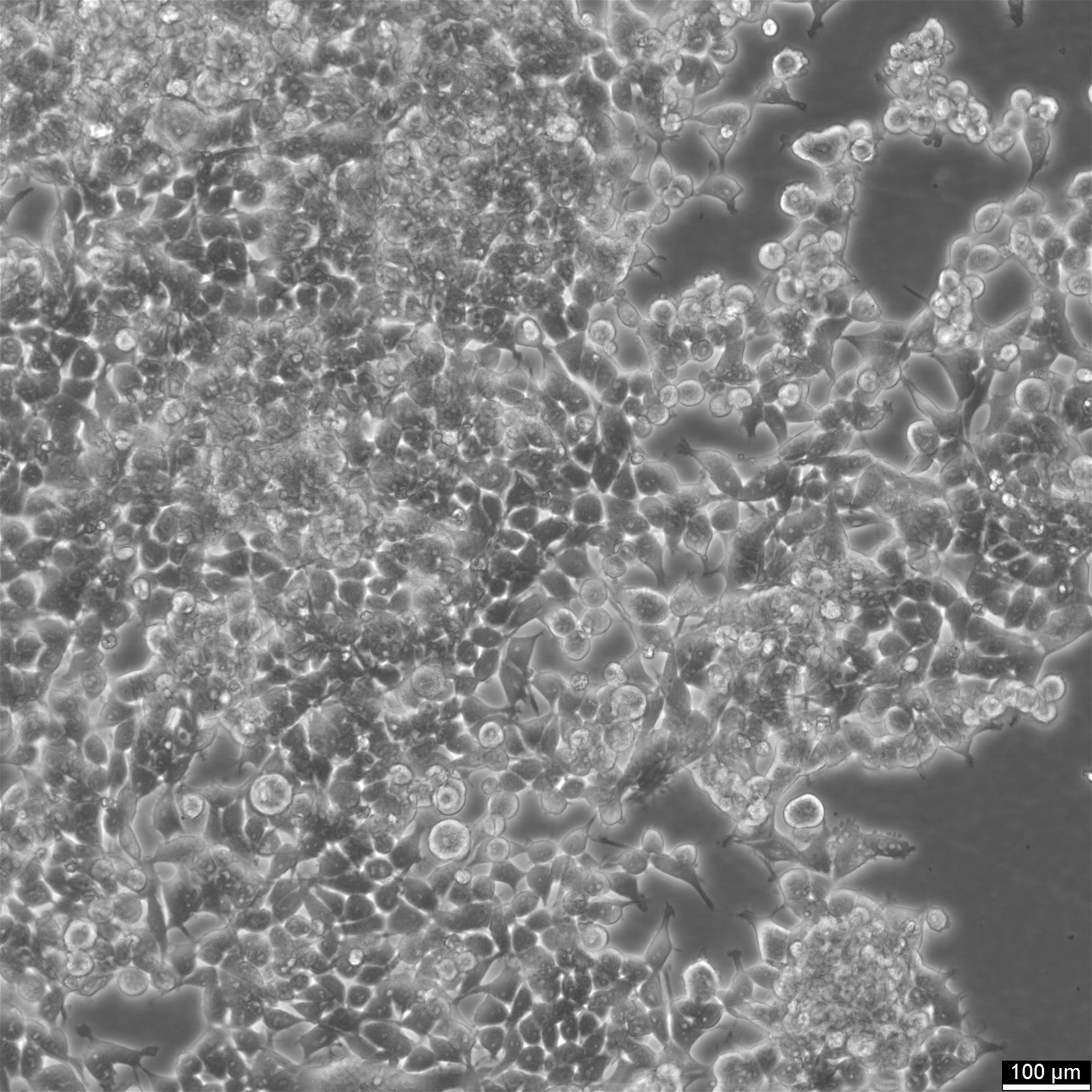
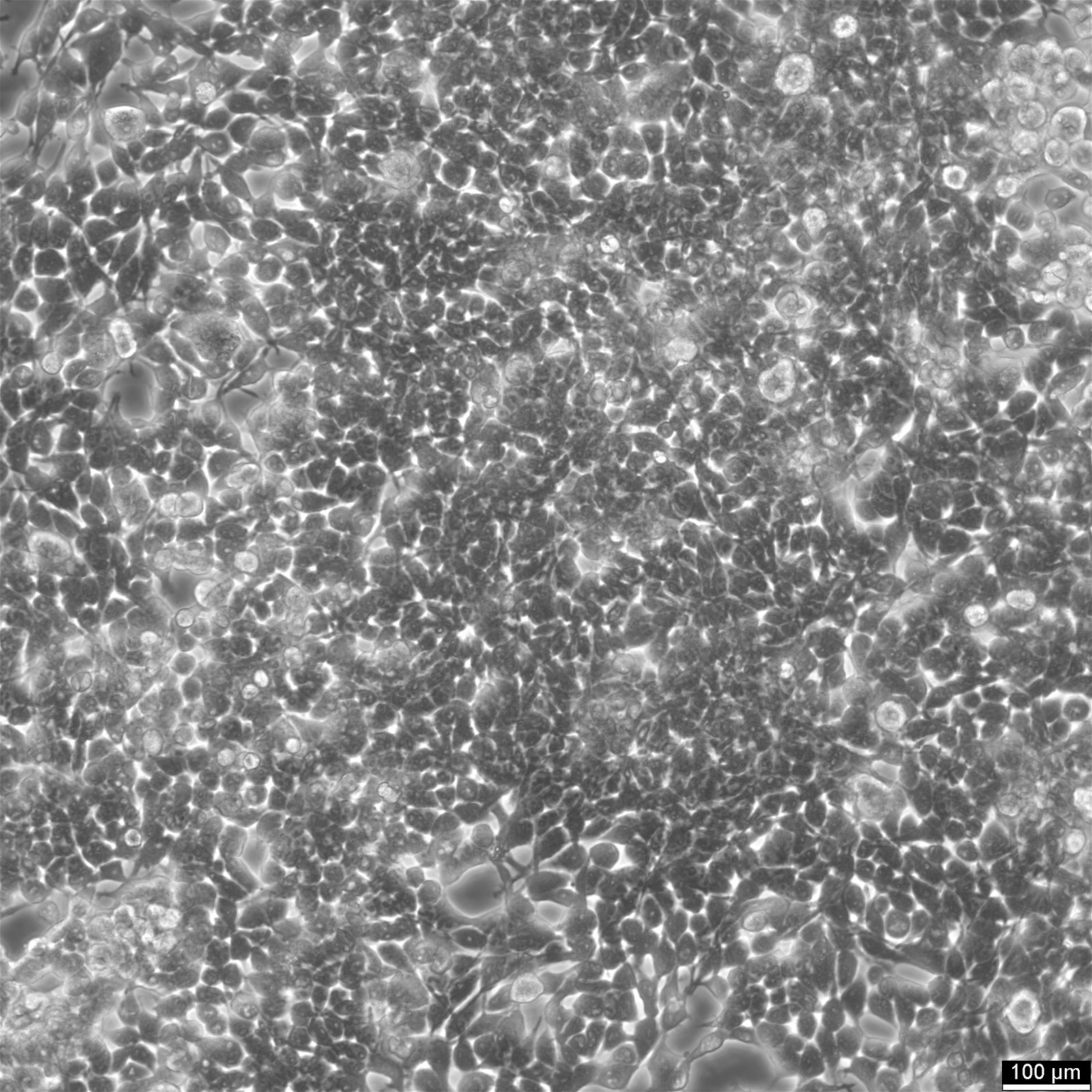
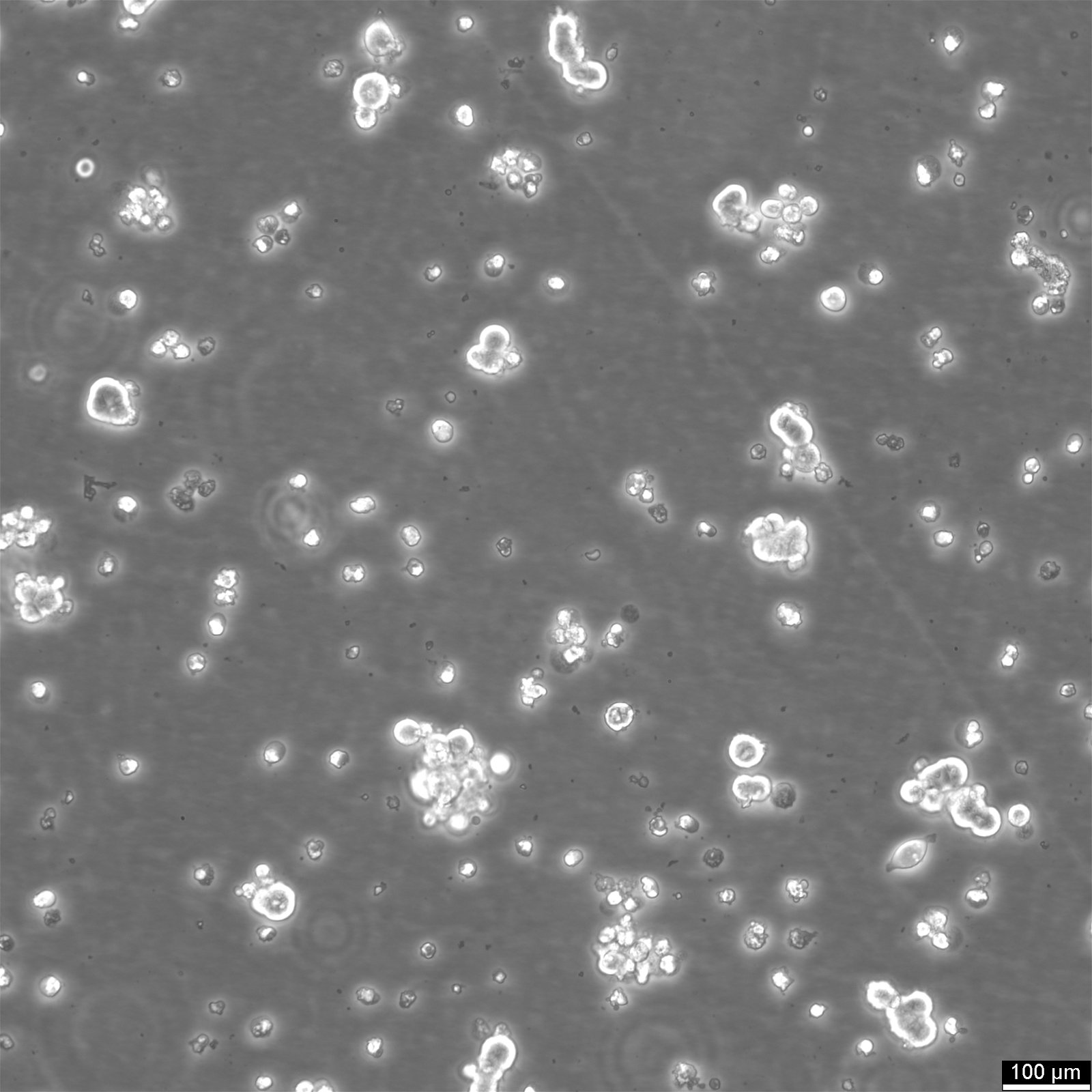
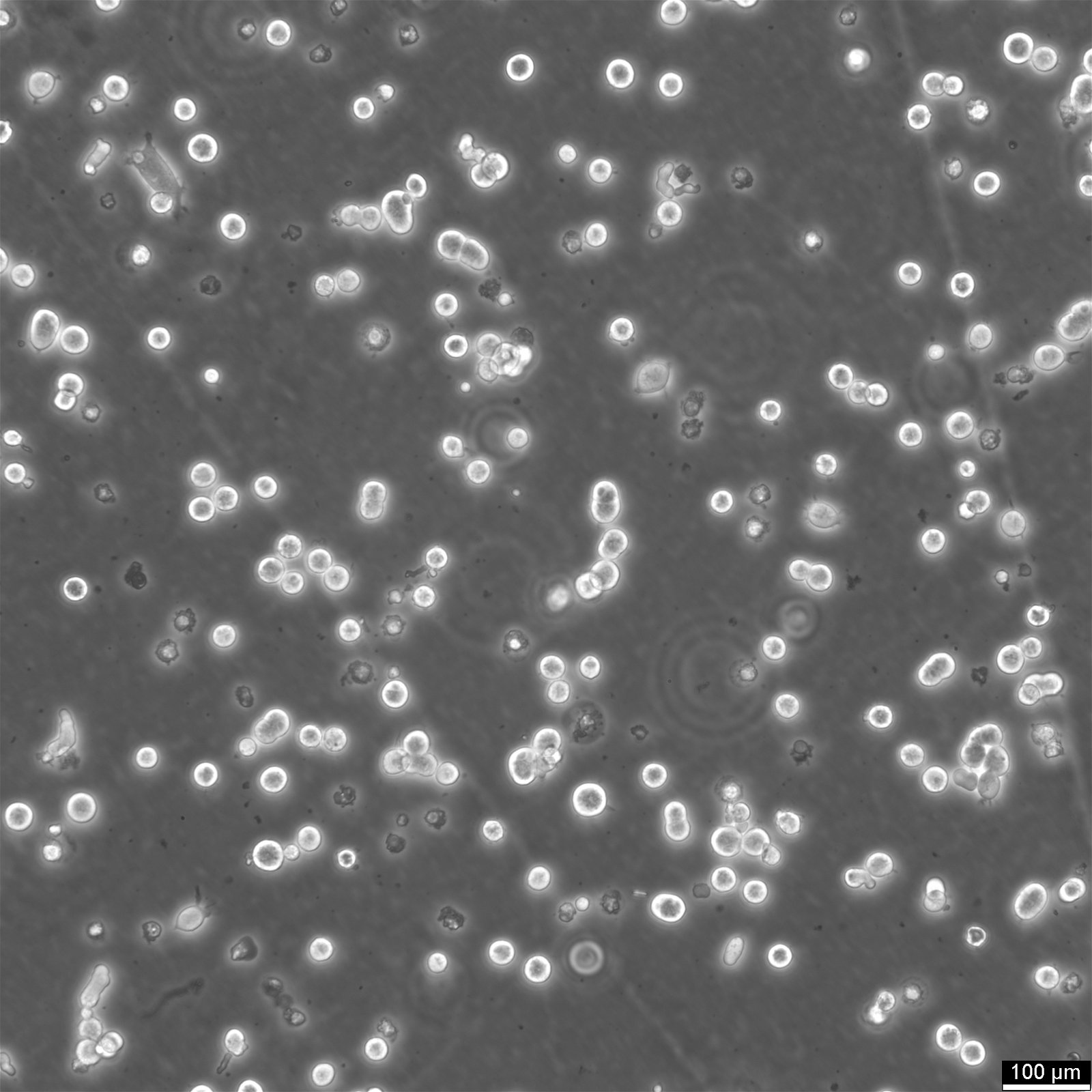
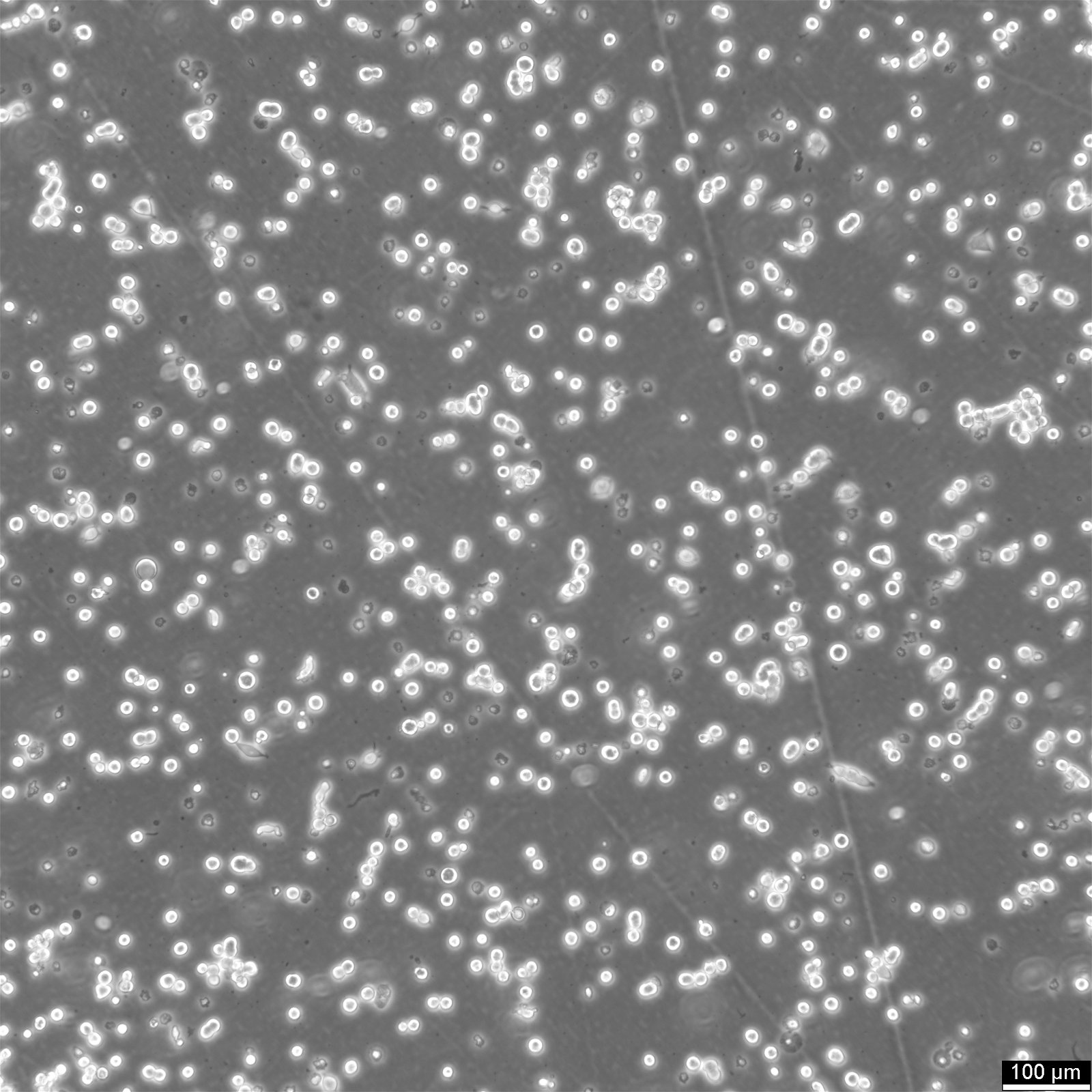
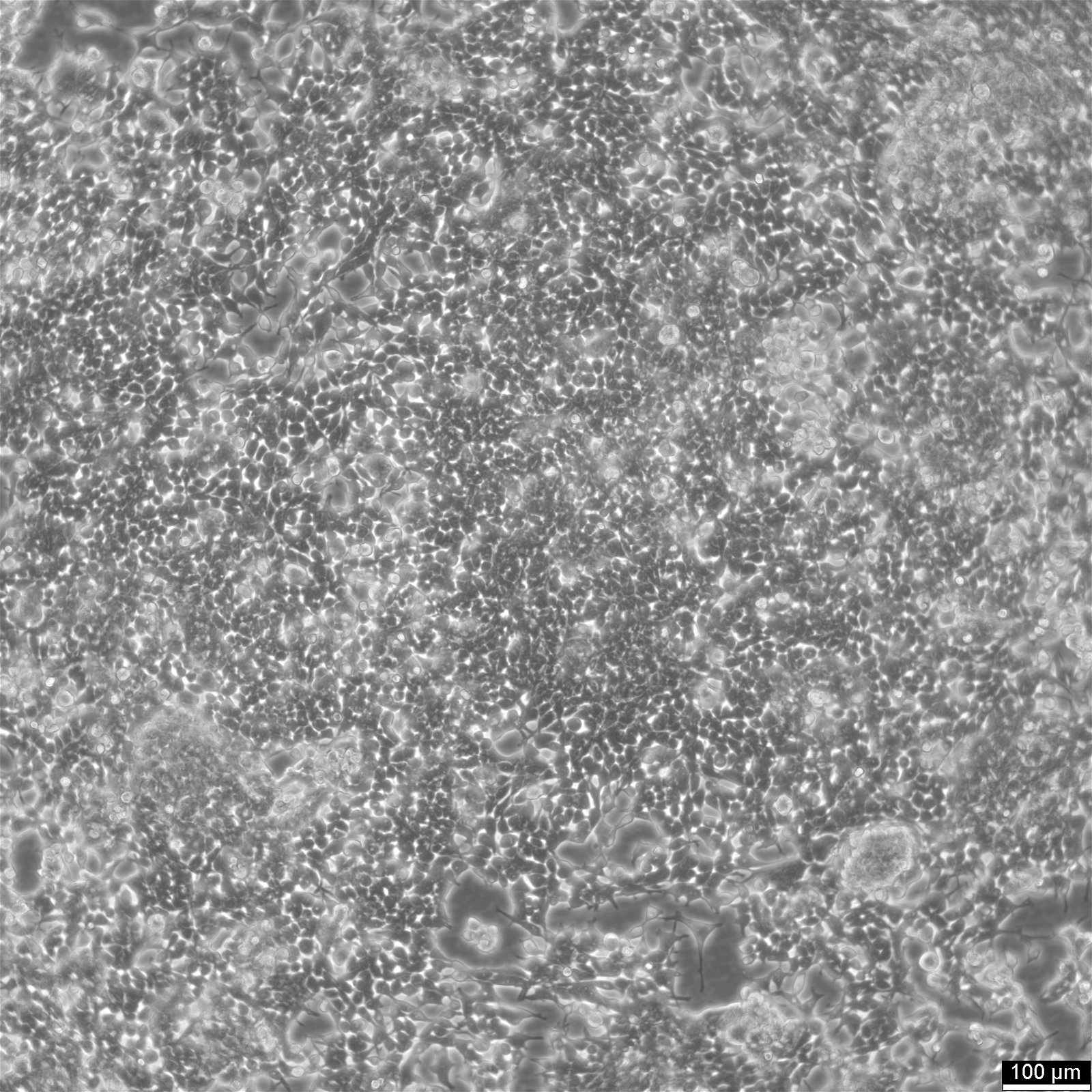


















General information
| Description | Large-scale transfection of mammalian cells has emerged as an indispensable technology within the scientific community. It allows for the efficient production of milligram-to-gram quantities of r-proteins within a short timeframe, just a few days after the cloning of cDNAs into the suitable expression vector. Among the various cell lines available, the HEK293 cell line stably expressing the Epstein-Barr virus nuclear antigen-1 (HEK293-EBNA1, or 293E) stands out as the most widely utilized cell line for large-scale transfection experiments. One of the critical advantages of utilizing HEK293-EBNA1 cells is their compatibility with expression vectors carrying the Epstein-Barr virus origin of replication, oriP, such as the pTT vector. This compatibility leads to a significant threefold improvement in the yield of r-proteins compared to using a non-oriP vector. Leveraging this potential, researchers can now achieve higher yields of their desired r-proteins, bringing them closer to their research and development goals. |
|---|---|
| Organism | Human |
| Tissue | Embryonic kidney |
| Synonyms | HEK293-EBNA, 293 c18, 293c18, HEK 293 c18, HEK-293 c18, HEK293-EBNA1, HEK-293-EBNA, HEK 293-EBNA, HEK 293 EBNA, HEK293EBNA, 293 EBNA, 293-EBNA1, 293-EBNA, 293/EBNA, 293EBNA, EBNA-293, EBNA293, HEK293E, HEK/EBNA, HEK-EBNA, HEK.EBNA, 293/EBNA-1 |
Characteristics
| Age | Fetus |
|---|---|
| Gender | Female |
| Morphology | Epithelial |
| Growth properties | Adherent |
Identifiers / Biosafety / Citation
| Citation | HEK293 EBNA (Cytion catalog number 300264) |
|---|---|
| Biosafety level | 2 |
Expression / Mutation
| Antigen expression | EBNA1 |
|---|---|
| Viruses | Adenovirus 5 (Transformant), EBV (expresses EBNA1) |
Handling
| Culture Medium | DMEM, w: 4.5 g/L Glucose, w: 4 mM L-Glutamine, w: 1.5 g/L NaHCO3, w: 1.0 mM Sodium pyruvate (Cytion article number 820300a) |
|---|---|
| Medium supplements | Supplement the medium with 10% FBS |
| Passaging solution | Accutase |
| Subculturing | Remove the old medium from the adherent cells and wash them with PBS that lacks calcium and magnesium. For T25 flasks, use 3-5 ml of PBS, and for T75 flasks, use 5-10 ml. Then, cover the cells completely with Accutase, using 1-2 ml for T25 flasks and 2.5 ml for T75 flasks. Let the cells incubate at room temperature for 8-10 minutes to detach them. After incubation, gently mix the cells with 10 ml of medium to resuspend them, then centrifuge at 300xg for 3 minutes. Discard the supernatant, resuspend the cells in fresh medium, and transfer them into new flasks that already contain fresh medium. |
| Freeze medium | CM-1 (Cytion catalog number 800100) or CM-ACF (Cytion catalog number 806100) |
| Handling of cryopreserved cultures |
|
Quality control / Genetic profile / HLA
| Sterility | Mycoplasma contamination is excluded using both PCR-based assays and luminescence-based mycoplasma detection methods. To ensure there is no bacterial, fungal, or yeast contamination, cell cultures are subjected to daily visual inspections. |
|---|
